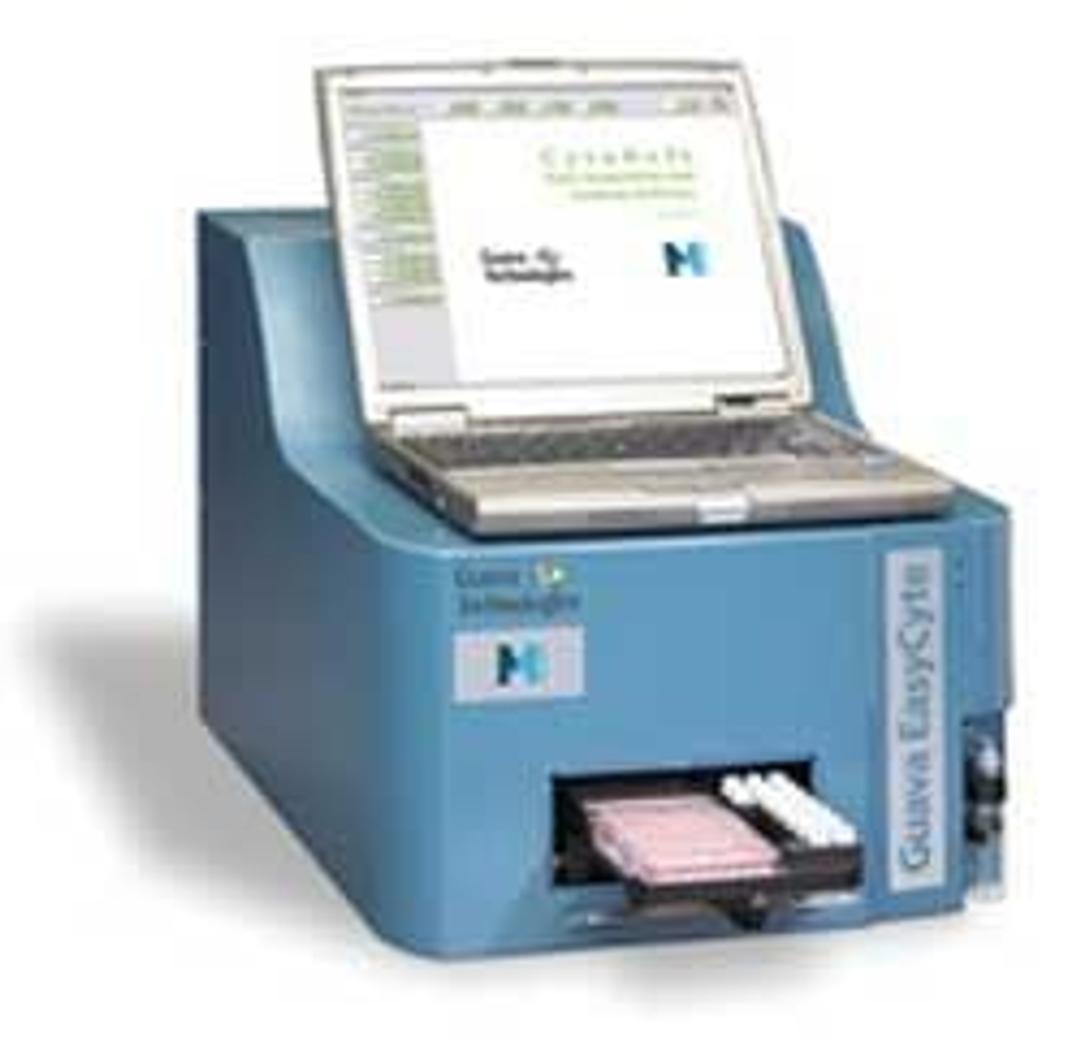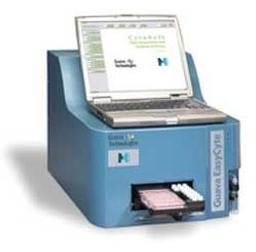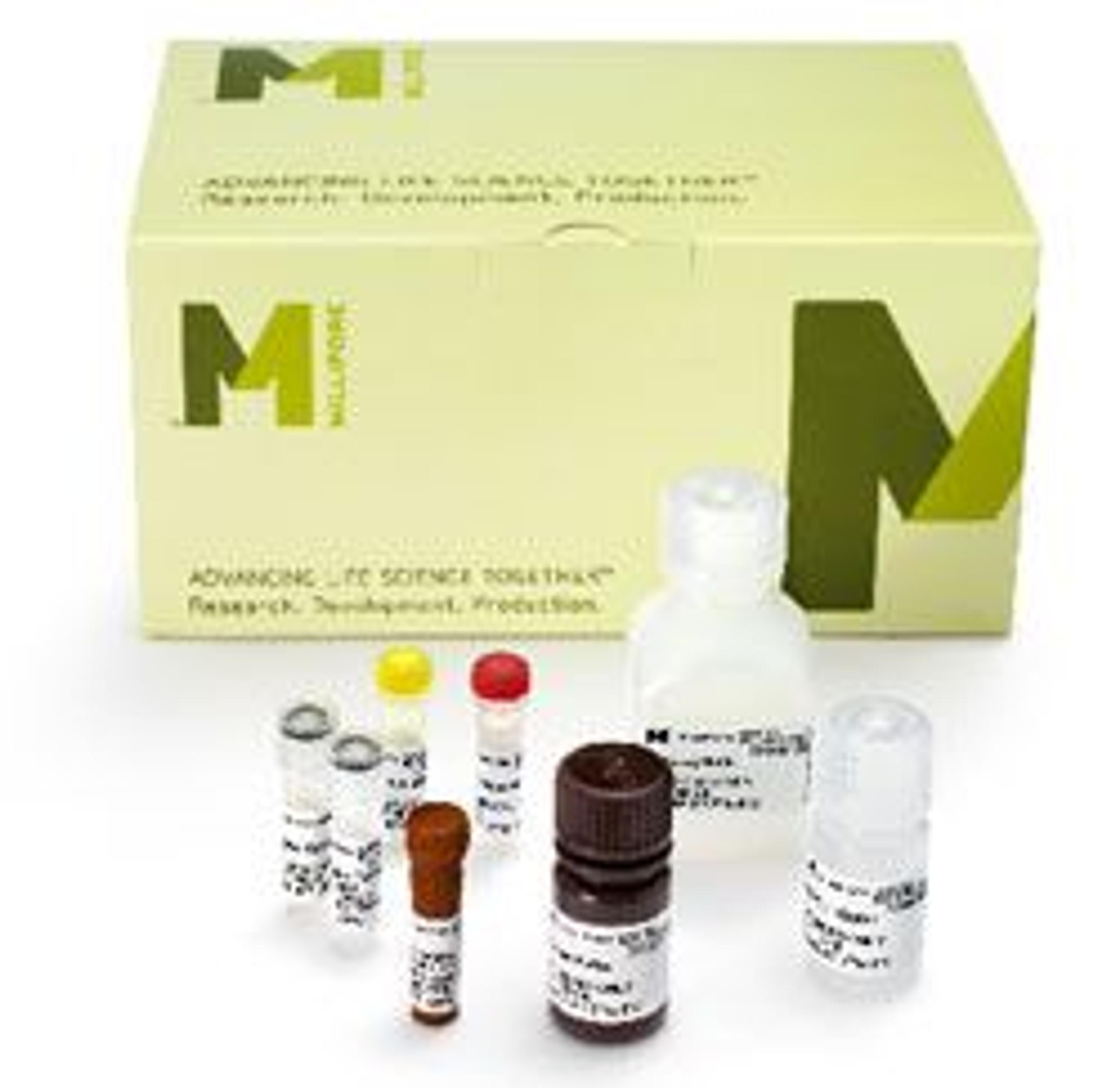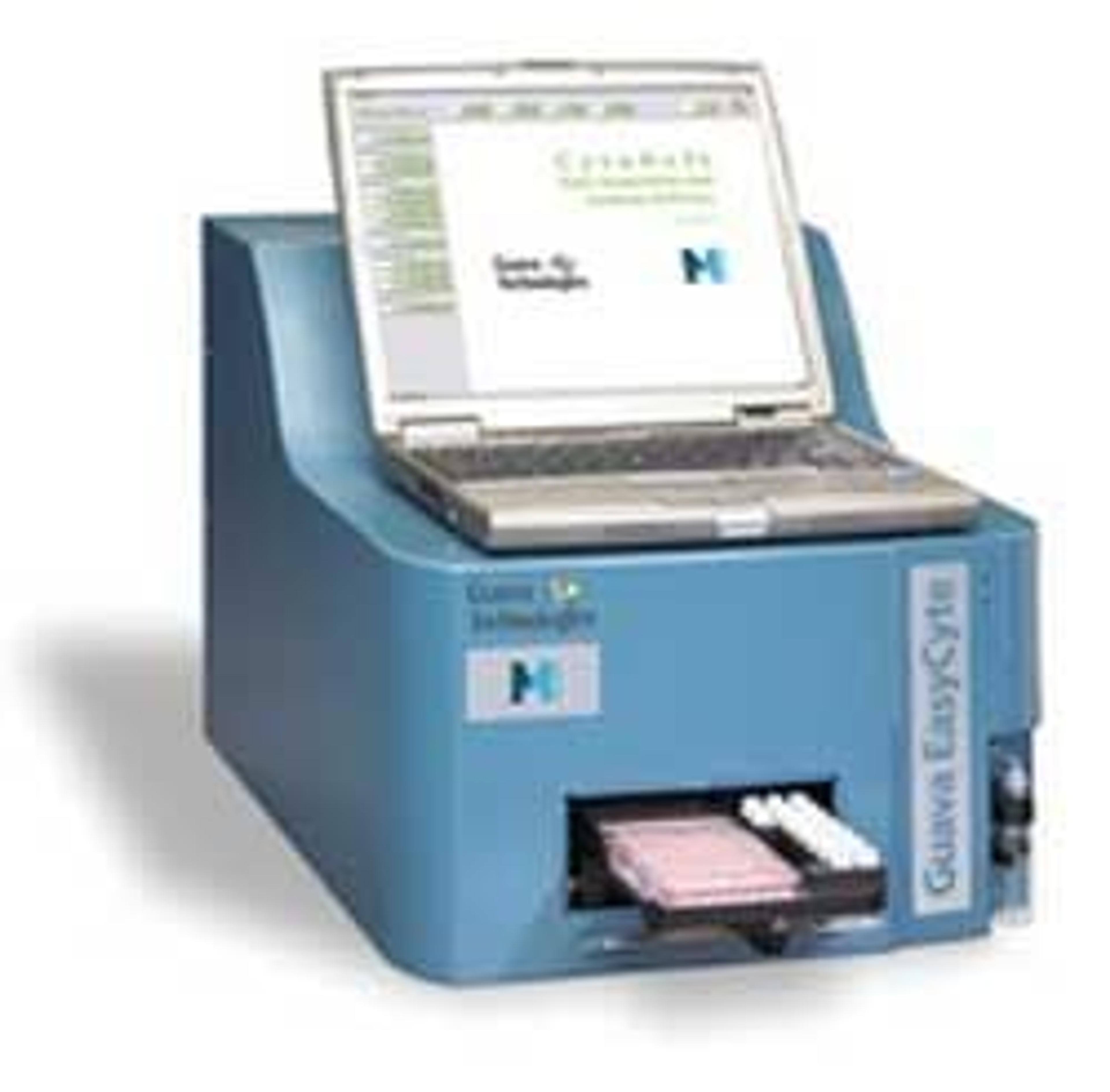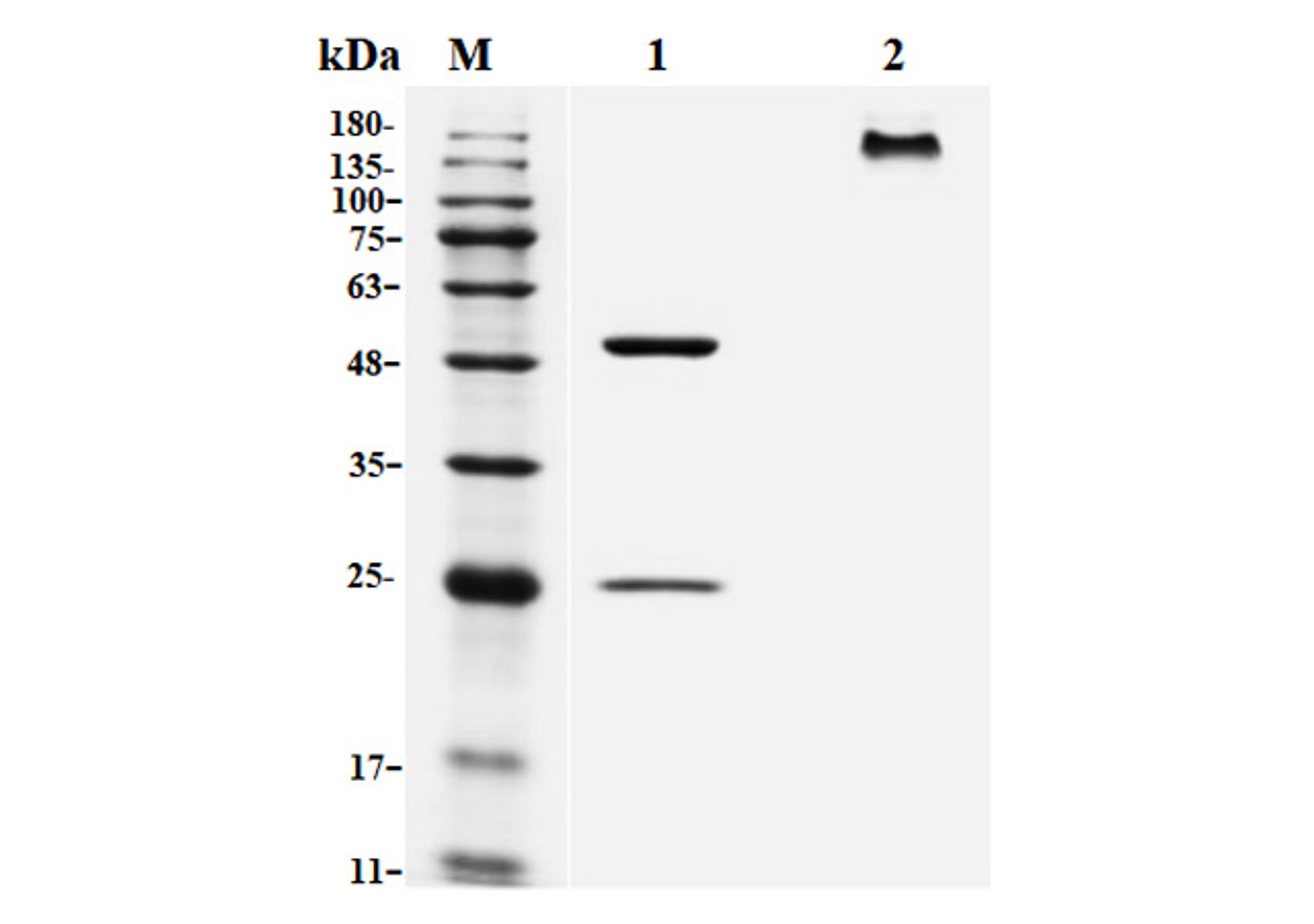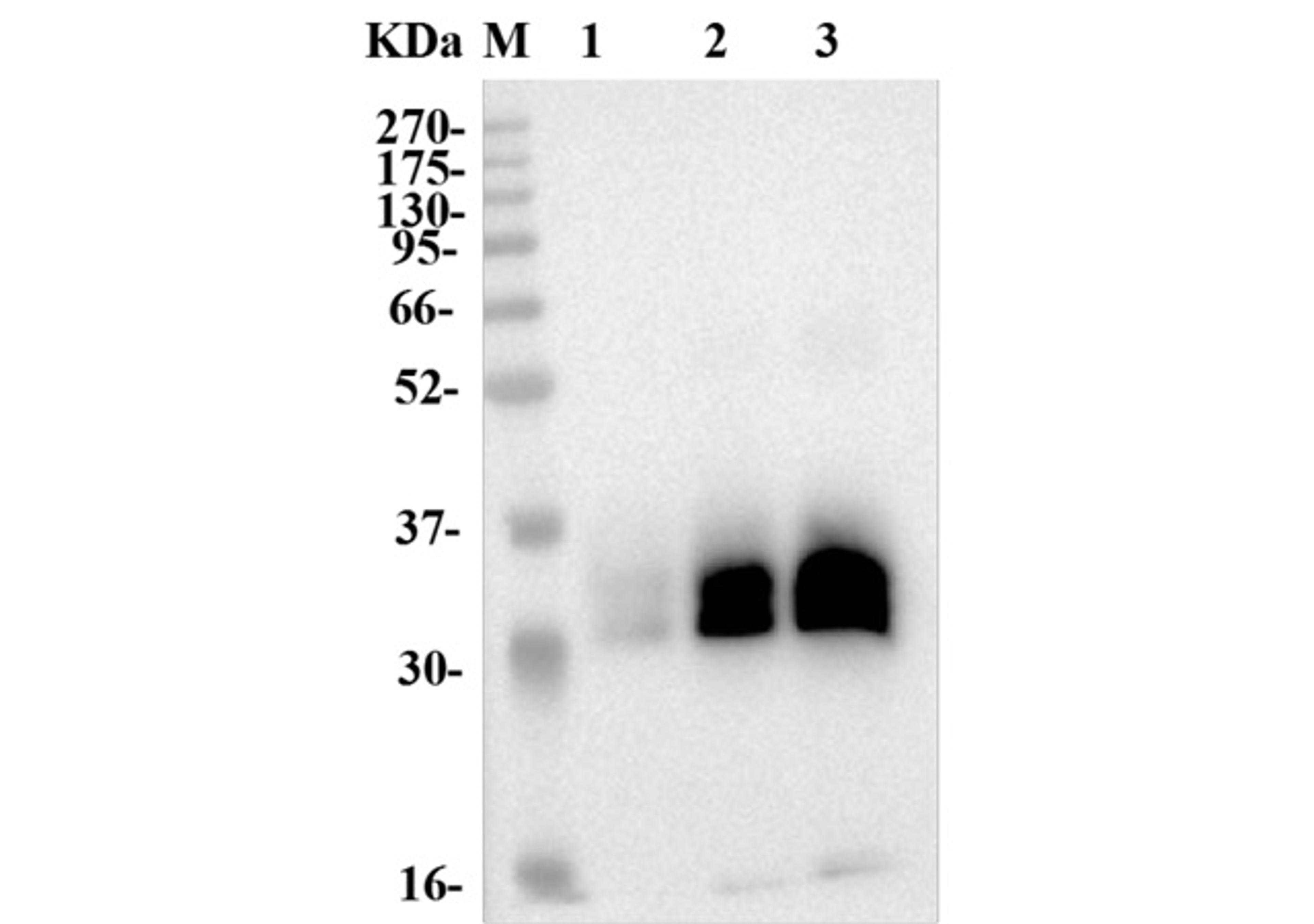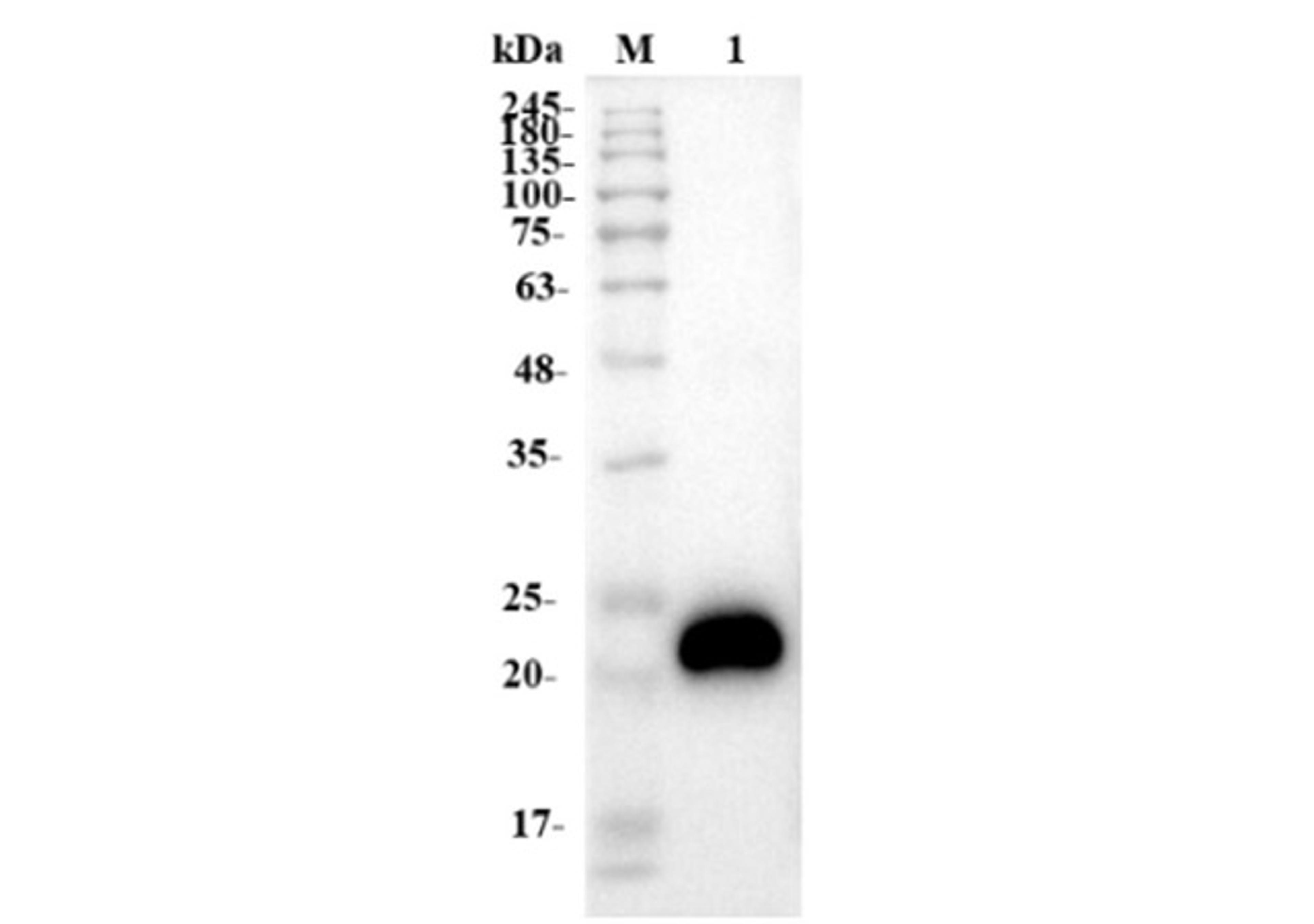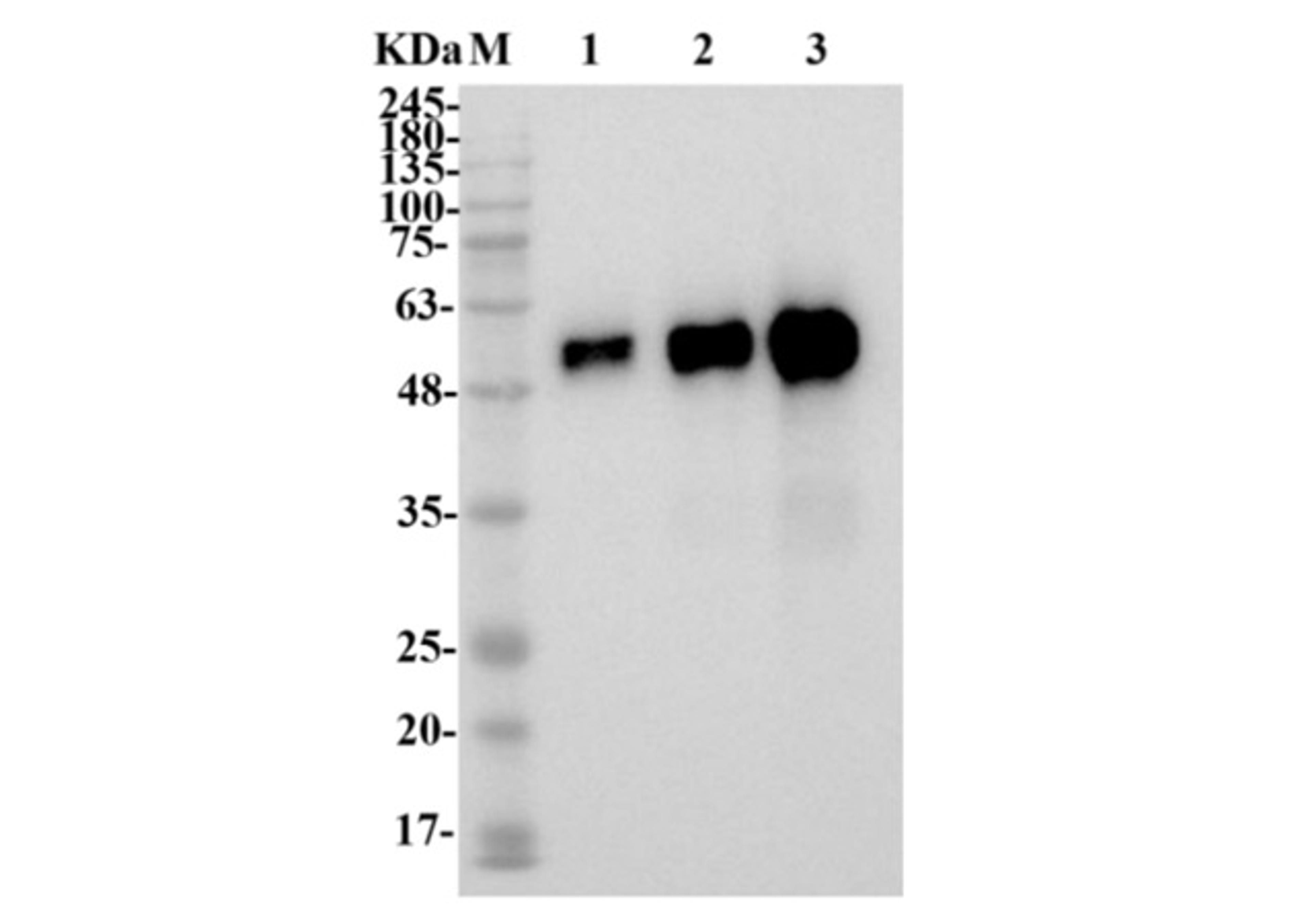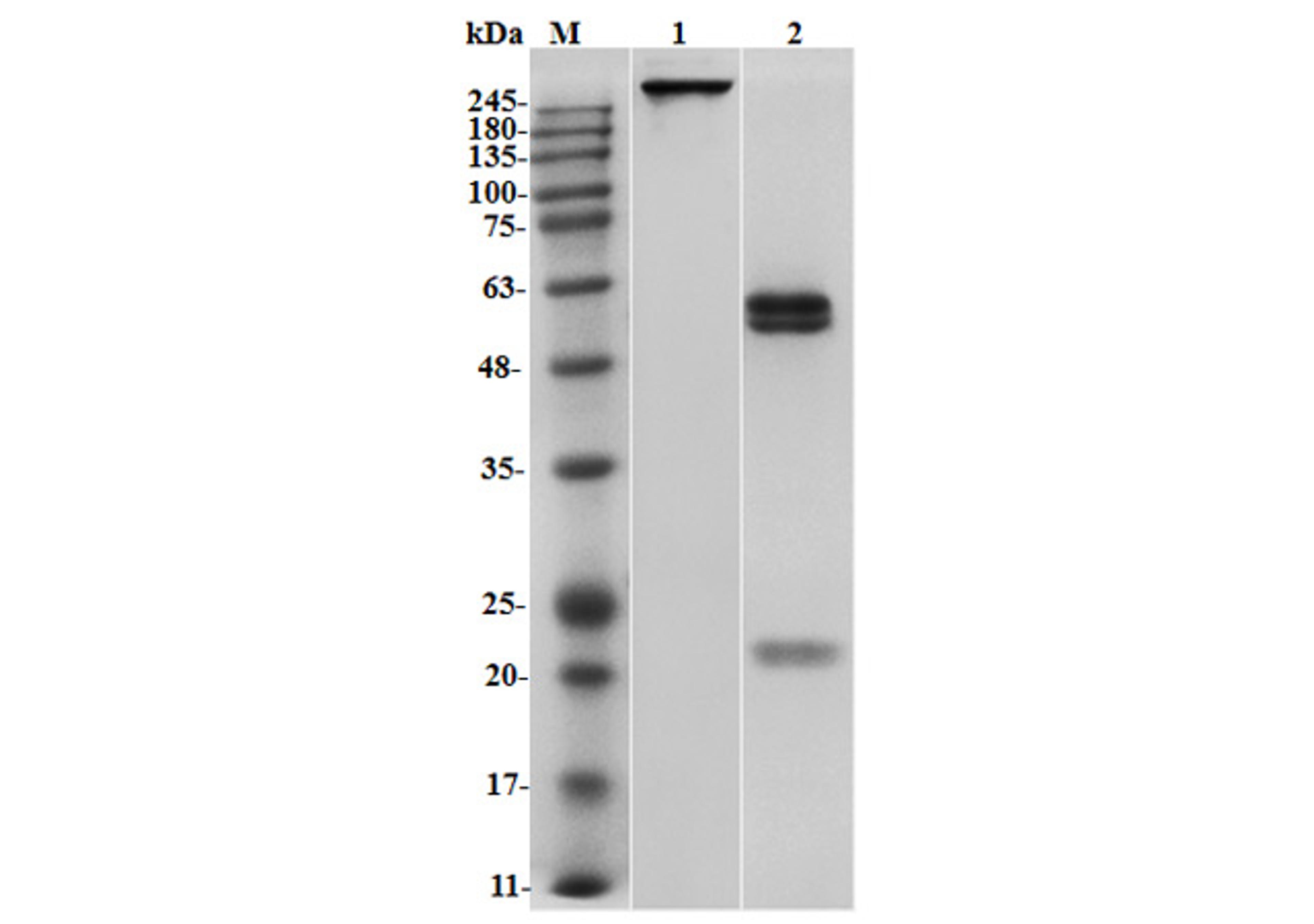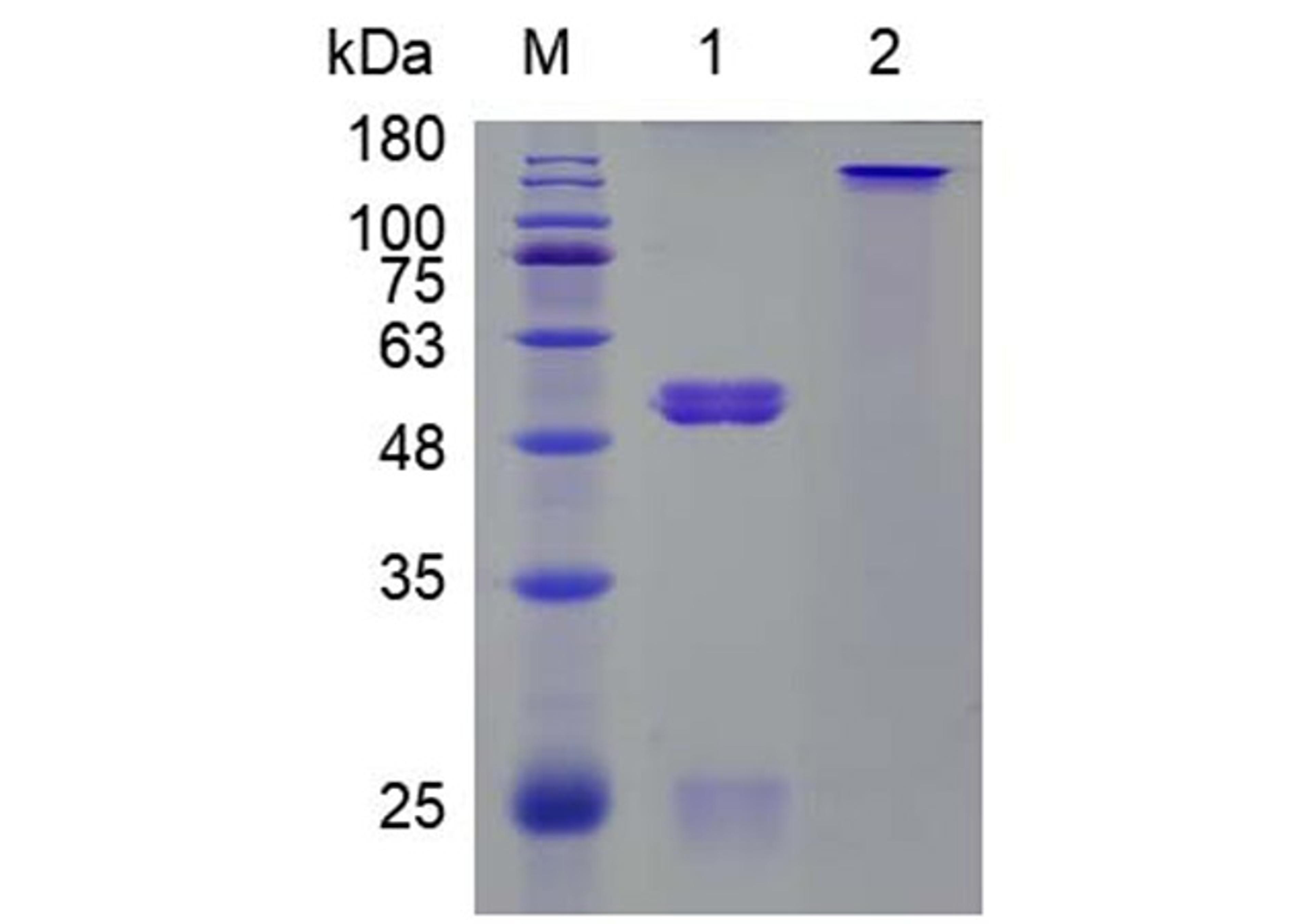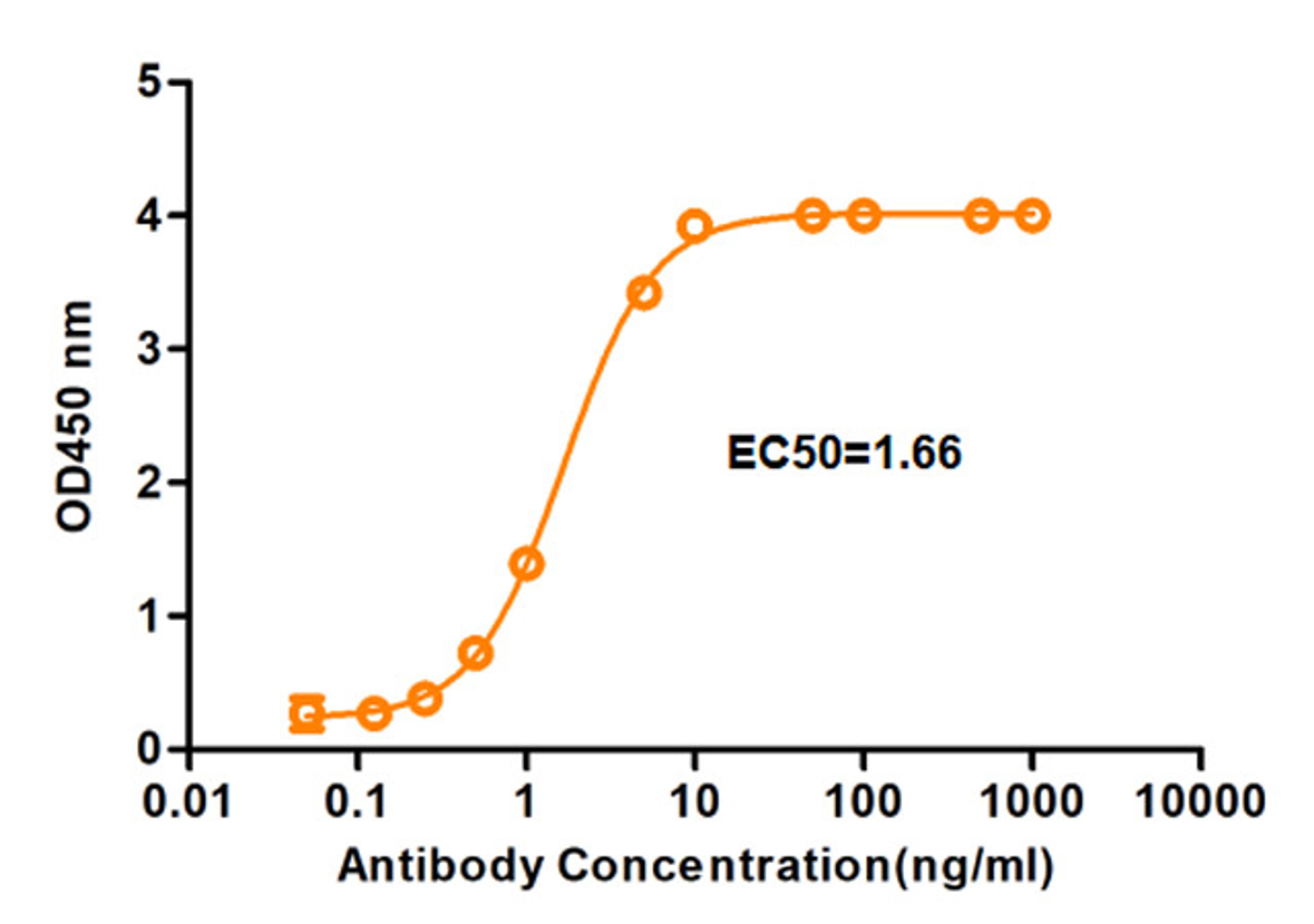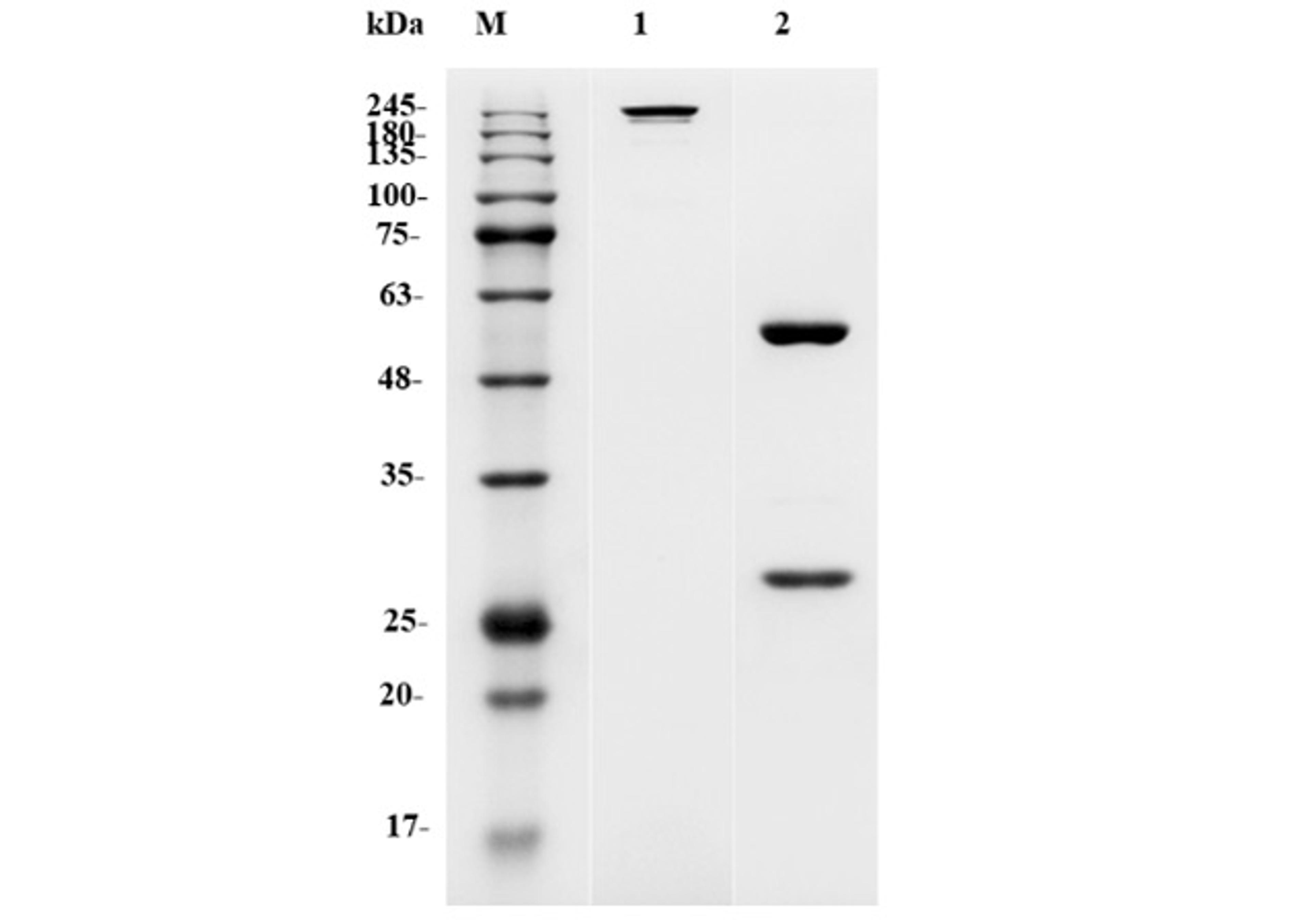FlowCellect™ Chemokine Receptor CCR6 Surface Expression ID Kit
Millipore’s FlowCellect™ GPCR Surface Identification kit is designed to provide an easier and more efficient way of characterizing GPCR expression on a given cell type of interest. This kit includes optimized buffers and a high affinity, specific antibody capable for detecting the GPCR target in question. Also included in the kit is a secondary antibody conjugate to R-Phycoerythrin, which is a bright fluorochrome ideal for mea…

The supplier does not provide quotations for this product through SelectScience. You can search for similar products in our Product Directory.
Millipore’s FlowCellect™ GPCR Surface Identification kit is designed to provide an easier and more efficient way of characterizing GPCR expression on a given cell type of interest. This kit includes optimized buffers and a high affinity, specific antibody capable for detecting the GPCR target in question. Also included in the kit is a secondary antibody conjugate to R-Phycoerythrin, which is a bright fluorochrome ideal for measuring endogenous levels of GPCR expression on native cells. By following the steps outlined in the assay procedure, researchers can easily identify which native cell lines would be suitable for performing secondary assays in support of their structure-activity drug discovery efforts.
Additional test applications include the identification of high, medium, and low expressing cell cultures during the clonal selection process. When a researcher decides to build a stable cell line in-house, it is essential that the clone of choice will provide the GPCR surface expression needed to perform drug screening.
By using Millipore’s FlowCellect™ Chemokine Receptor Surface Expression Identification kit, the researcher has the ability to identify a native GPCR expressing cell for biological assay development; the researcher can also easily select clonal stable cell lines for these GPCRs; finally, the researcher can monitor the changes of these receptor expression levels during a disease state.

